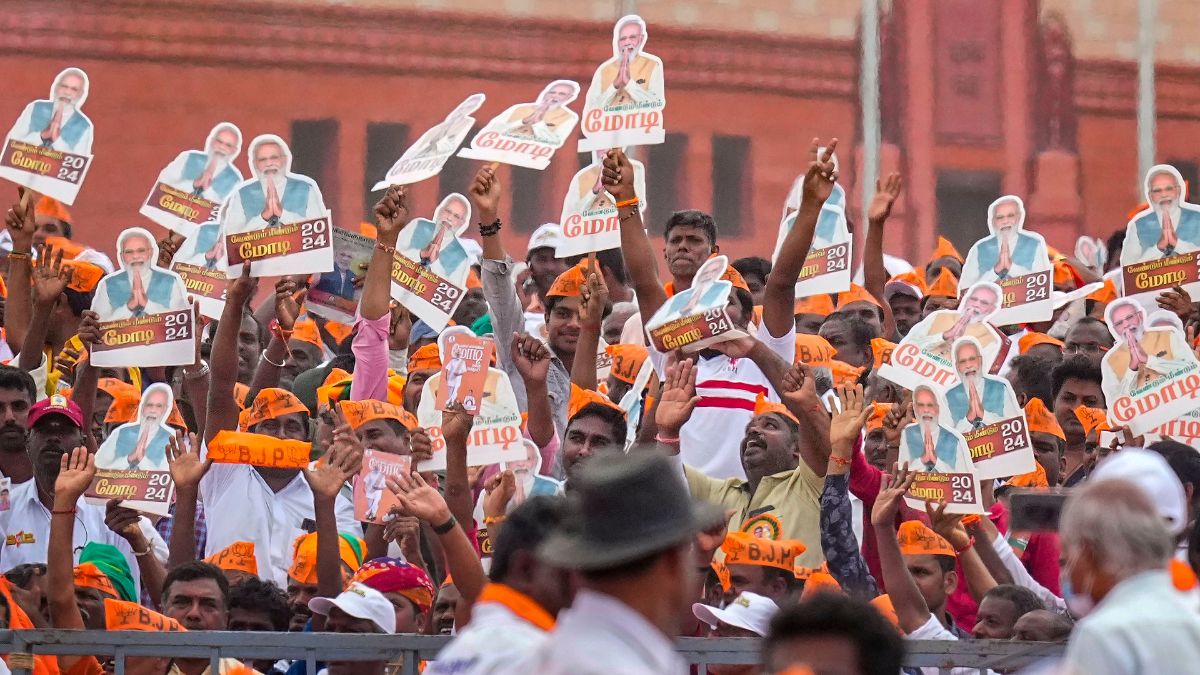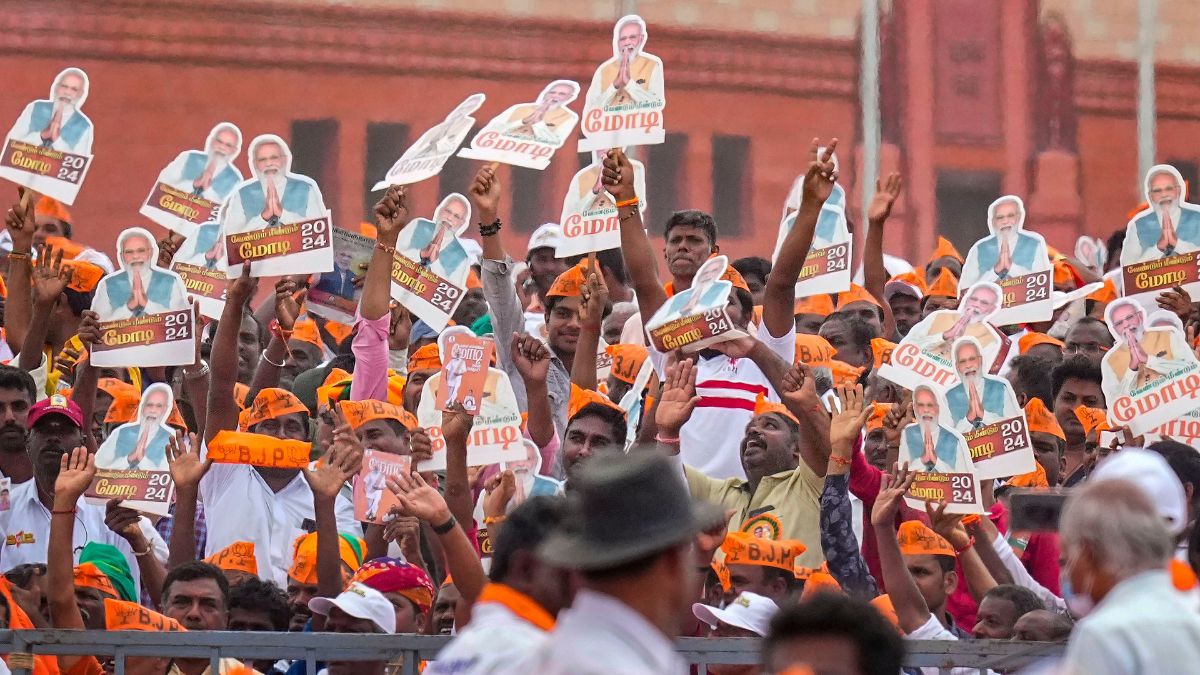Recently, I was in the capital of Iran, Tehran when the epoch-making trilateral relations were built between India, Iran and Afghanistan. After 15 years, the Prime Minister of India, Narendra Modi visited Iran to rejuvenate the bilateral ties. He signed a $500m deal to develop Iran’s Chabahar port in a strategic effort to open up India’s trade routes to Afghanistan and Europe. According to the Chabahar project which was agreed between PM Narendra Modi and the Iranian President Hassan Rouhani, India will invest billions of dollars in Iran following the removal of sanctions. Indeed, this deal will greatly help to deepen ties between India and Iran in business, commerce, agriculture, culture and education. But one wonders how India and Iran can exert joint efforts in countering extremism and growing radicalism? This is a relevant question because the two countries have also agreed to consult ‘closely and regularly’ on combating the threats of radicalism and terrorism.
Since India and Iran share grave concerns at the spread of radicalised forces, their agreement over close and regular consultation on combating threats of radicalism is well received in the region. To curb extremist thoughts and hardcore philosophies, both countries have great potentials and civilisational forces stemming from their ancient inclusive and pluralistic cultures.
As Narendra Modi pointed out, India and Iran are not new friends. Their friendship [or ‘dosti’ in the Persian language> is as old as history. Through centuries, their societies have stayed connected through culture, art and architecture, poetry, spiritual traditions and commerce. Today, when terrorism and radicalism are among the most baffling problems in the region, it was urgent and timely for the two governments to sit together and brainstorm effective ways to tackle the radical onslaught. Modi has rightly pointed out that India and Iran “share a crucial stake in peace and stability” and that “both share common concerns relating to radicalism and terrorism.” Therefore, the two countries have agreed to enhance cooperation between their defence and security institutions. Already, both establishments have spent a large amount of money on internal security, domestic peace and counter-terrorism. But what seems more effective to help the two countries in their bid to curb extremism is their renewed pledge to preserve the rich ancient culture of religious pluralism, peaceful co-existence and celebration of multiculturalism.
The ancient civilizations of the both the Vedic and Islamic countries have been inclusive and welcoming to foreign cultures. In his address to the conference on traditional linkages between India and Iran before winding up his two-day visit to Iran, Mr Modi highlighted Sufism and other cultural linkages as ‘a perfect response to those who preach radical thoughts in our societies’.
It is interesting to note that the current Indian PM has been consistently celebrating the universal appeal of Sufism as ‘a rich product of India’.
It is common knowledge now that after his participation in the World Sufi Forum recently held in Delhi, PM Modi is seen constantly preaching religious pluralism, the composite nature of Indian culture and its diversity. For instance, in his recent visit to Brussels in the wake of terrorist attacks on Belgium, he ardently praised Islam and its offshoot Sufism referring to the World Sufi Forum. He affirmed: “In recent days in India, liberal Islamic scholars, linked to Sufism, said those who speak of terror are un-Islamic. The more such voices rise, the faster the radicalization of youth can be prevented”.
Similarly, in his visit to Iran, the Indian PM delivered a remarkable speech on Sufism and its humanitarian approach to strengthen Indio-Iran relations. Recalling the historical religious and traditional bearings of the two countries, Modi invoked Sufism as the binding force that unites the world as one family. “Sufism, rich product of our ancient links, carried its message of true love, tolerance, acceptance to entire mankind,” he remarked in his speech in Tehran.
In my own recent experience in several historic cities of Iran, particularly Qom, Shiraz, Mashhad, Isfahan and the capital Tehran, I could see the same culture of peace emanating from deep-rooted Islamic mysticism. The pluralistic essence of Sufism which both India and Iran share in common has contributed to the growth of moderate and tolerant societies in both the countries. Iranians reflect the very spirit of Sufism, which Mr. Modi recalled as “voice of peace, co-existence, compassion and equality.” It is equally embedded in the Indian Vedic concept of ‘Vasudhaiva Kutumbakam’, which means that the ‘World is one family’.
Similarly, there are striking parallels between the ancient heroes and epics of the two countries. The holy shrines [dargahs> of Khawaja Gharib Nawaz in Ajmer Sharif and Hazrat Nizamuddin Aulia in Delhi are equally adored in Iran. Much in the same way, Mahabharata of India and Shahnama of Iran, Bhima of Bharat and Rustam of Persia and Arjuna and Arsh of the two countries bear great symbiosis in universal values and egalitarian messages for brotherhood of mankind.
This is an established historical fact that Islam in India and Iran owes much of its existence to Sufi saints and dervishes like Shaikh Sa’adi and Hifiz Sherazi in Iran and the 13th century Sufi saint Khwaja Ghareeb Nawaz of Ajmer Sharif in India. Gharib Nawaz came from Iran to India and rendered great humanitarian services. His peace activism is regarded a milestone in the path of love, human equality, spirituality and religious pluralism. Thus, this peaceful and pluralistic Indian tradition ushered in a new era of composite culture in the country which still remains well-spirited and widely accepted among the Indian common masses regardless of faith and creed. After Khwaja Ghareeb Nawaz, one of the most celebrated Indian Sufi masters, Makhdum Sayed Ashraf Jahangir Simnani (1287 – 1386 CE) left his birthplace Simnan in Iran and settled in India. Revered by both Indian and Iranian Muslims, Makhdum Simnani was a prominent Sufi Shaikh belonging to the Chishti and Qadiri Sufi orders. He became the disciple of the well-known Sufi saint of Bengal, Hazrat Alaul Haq Pandavi and established his own Sufi order (silsila) through his spiritual disciple Syed Shah Abdur Razzaq Nurul-Ain, the 11th direct descendant of the world renowned Sufi Sheikh Abdul Qadir Jilani. His shrine is still revered as great Sufi hospice and is known as “Aastana-e-Hazrat Jahangir Simnani” in Ambedkar Nagar, Uttar Pradesh.
The long and short is that Iranian-origin Indian Sufis fervently taught and promoted pacifism, spirituality and non-violence. As a result, the shrines of these saints are still attracting people from all faith traditions even after hundreds of years. In the current situation of growing religious hatred, faith-inspired terror and malice, the Indian and Iranian governments are reminded of these peace actors. It is indeed a welcome move.
A view is emerging in both the countries that the menace of extremism can be better wiped out from the region through the restoration of Rishi-Sufi tradition and propagation of its universal values. Not only the governments, but more of common citizens have developed this impression in their own ideological battle against the extremist thoughts and hardcore philosophies. I met a considerable number of Muslim youths in Iran who consider Islamic State an offshoot of radical Islamism, not just ‘a handiwork of the Jews’ a widespread perception in the global Muslim community. When asked how they try to rebut its ideology, they told me they seek to strengthen Islamic moderation through the doctrine of Mahdism, an Islamic belief in the awaited messiah or spiritual savior of the world from the clutches of the evils.
Iranian Muslims in general are Shiites and, hence, venerate the fourth caliph of Islam, Hazrat Ali as their supreme spiritual leader. He was assassinated by the Kharijites, the first terrorist faction in Islamic history. They indulged in violent takfirism, declaring others kafir [infidel> and thus legitimizing their killings. With the commencement of the 19th century, many new-born Kharijites emerged in the Middle East and took roots in the wider Asian region. They started anti-Sufism and anti-Shia movements with an aim to fan the fire of sectarianism and thus giving rise to extremism among Muslims. The ideology of Kharjiites which basically originated in the time of Hazrat Ali was later propagated among people on the grounds of misinterpreted and seemingly militant Qur’anic verses.
In this entire duration, spiritually inclined masters of the community, the Sufis, remained confined to their conclaves in holy shrines and hospices. As a result, particular fractions of religionists began to adopt theoretical extremism, religious bigotry, takfirism and justification of wanton killings. This is the Kharijite ideology which is now playing havoc across the world and the Middle East in particular. It is indeed gratifying to note that the two peace-loving countries, India and Iran, with their ancient civilizational and cultural linkages, are on the lookout for an acute anti-extremism alliance. While India has been ideologically fighting the Islamic State on its soil, Iran has been the most proactive Muslim country in breaking terror’s back. Tehran has already committed its military and weaponry in Iraq, offering Baghdad its unconditional support against the self-imposed Islamic caliphate, Daesh’s atrocities.
Since Iran is a Shia-majority country and Daesh is ideologically anti-Shia, it has killed thousands of Shias considering them kafir (infidel). After its expansion in Iraq only kilometers away from Iranian western borders, Islamic State became the biggest threat to the Shia Muslims of Iran. Therefore, Iran has been actively engaged in an ideological battle against the radicalism since the beginning of Syrian Civil War in 2011. It was the first Muslim country to provide assistance to Iraqi and Syrian regimes to fight Islamic State, deploying its troops in the two countries. It is still combating the takfirist terrorists of Islamic State in both Iraq and Syria. The Iranian Quds Force played pivotal role in military intervention against the Daesh. Al Jazeera once reported that hundreds Iranian Sunni Kurds crossed the Iran-Iraq border to fight Islamic State in January 2015.
As a result of its effective anti-terror strategy, the Jihadists of Islamic State, despite having their strong base in the close neighborhood, in Iraq and Syria, have not yet succeeded in Iran. Various research works and polls have shown that Islamic State got no recruitments from the Iranian Muslim society, not even from the Sunni community of Iran. At this juncture, we are amazed at the naivety of our anti-terror Indian establishments that could not prevent a few Indian Muslim youths from travelling to Iraq and Syria and joining the Islamic State.
While signing the 12 new agreements, India and Iran have also decided to jointly combat cyber crime to weaken the terror networks and radical recruiters. As the two strategic partners in counter-extremism, India and Iran can fiercely battle the online radical indoctrination. In fact, we have contagious cyber threat against peace, pluralism religious diversity in India. This forms the bedrock for the extremists’ recruitment of Indian youth. Growing cyber radicalisation and terrorists’ recruitments on social media are still unrestrained. Young and naive Muslims with impressionable minds are still being drawn into extremism through different online channels. Seductive messages in the disguise of Islamic exhortations easily catch the imagination of the young netizens in Indian subcontinent like in the Middle East, US and Europe. Inspired by the neo-Kharijite extremist ideology, a few Indian Muslim youths traveled to the Middle East, particularly in Iraq and Syria, for terrorist training that was meant to bring the cancer of radicalism back home. In this grim situation, the Indo-Iranian joint efforts to counter the cyber radicalization will be a panacea for this ill.
Ghulam Rasool Dehlvi is a scholar of Comparative Religion & Classical Islamic sciences, cultural analyst and Doctoral Research Scholar at Centre for Culture, Media & Governance (JMI Central University).


)




)
)
)
)
)
)
)
)